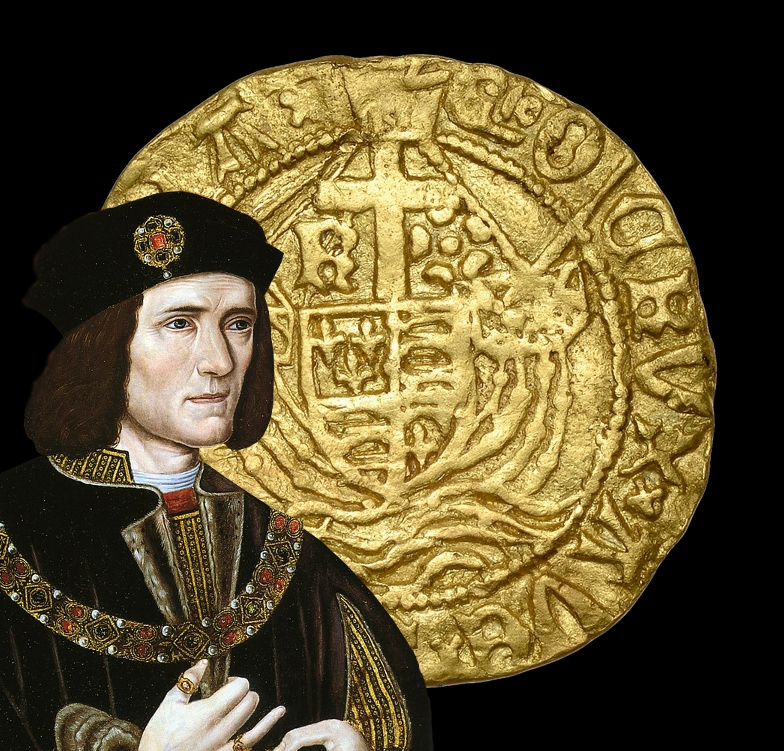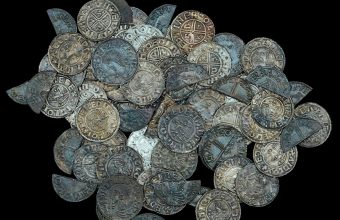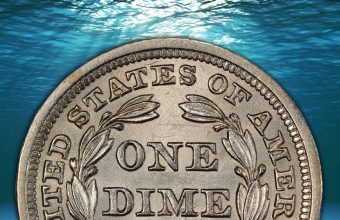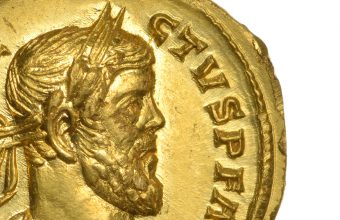A gold coin from the reign of Richard III could sell for up to £15,000 next month, after it was discovered buried in a field by an amateur treasure hunter.
Richard III is one of England’s most notorious monarchs, and was the last English King to die on the battlefield.
Following the death of his brother King Edward IV in 1483, Richard had his two young nephews locked in the Tower of London to prevent the 12-year-old Edward V ascending the throne.
The two young boys were never seen again, believed murdered, and Richard claimed the throne for himself.
His reign was cut brutally short, however, by a rebellion led by Henry Tudor, which culminated with the Battle of Bosworth Field in August 1485.
Richard was killed during the battle, and his body remained missing for more than 500 years before it was rediscovered in 2012 buried beneath a car park.

As Richard ruled England for just 26 months, coins produced during his brief reign are both rare and highly sought-after, and only a handful of gold Half Angel coins from the period are known to exist.
It was discovered by metal detectorist Michelle Vall at Monks Kirby in Warwickshire, just a few miles from Bosworth Field.
It will now be offered for sale on December 13 by auctioneers Dix Noonan Webb, with an estimate of £10,000 – £15,000 ($13,250 – $19,900).
“This is a very rare discovery that has miraculously survived in a Warwickshire field for more than five centuries,” said Christopher Webb, head of the coins department at Dix Noonan Webb.
“Its importance as a coin is enhanced by the tantalising possibility that it may have belonged to one of Richard’s army whose defeat at Bosworth ended the Wars of the Roses and ushered in the Tudor dynasty.”
Vall, who is relatively new to to the hobby of metal detecting, found the coin during a charity event at Monks Kirby in September 2017.

“After detecting for two and a half hours in a farmer’s field, I got a signal,” she recalled. “The coin was deep down, about 16 inches below the surface, and the soil there is thick clay so it took a bit of digging out.”
“I spotted this glint of gold in the hole, although I obviously did not know exactly what it was at first. I put it in the palm of my hand and then I went back to the organisers’ tent. One of them identified it and people became very excited. That was when I realised that it was a Half Angel.”
“I have decided to sell it because it is too valuable to keep. I did not want to keep it in a locked cupboard. I feel very privileged that I have found something so precious and historic.
“The memory of that day, the excitement not just of myself but also of other detectorists, when I found that beautiful, tiny, piece of historic gold will live with me forever.”












